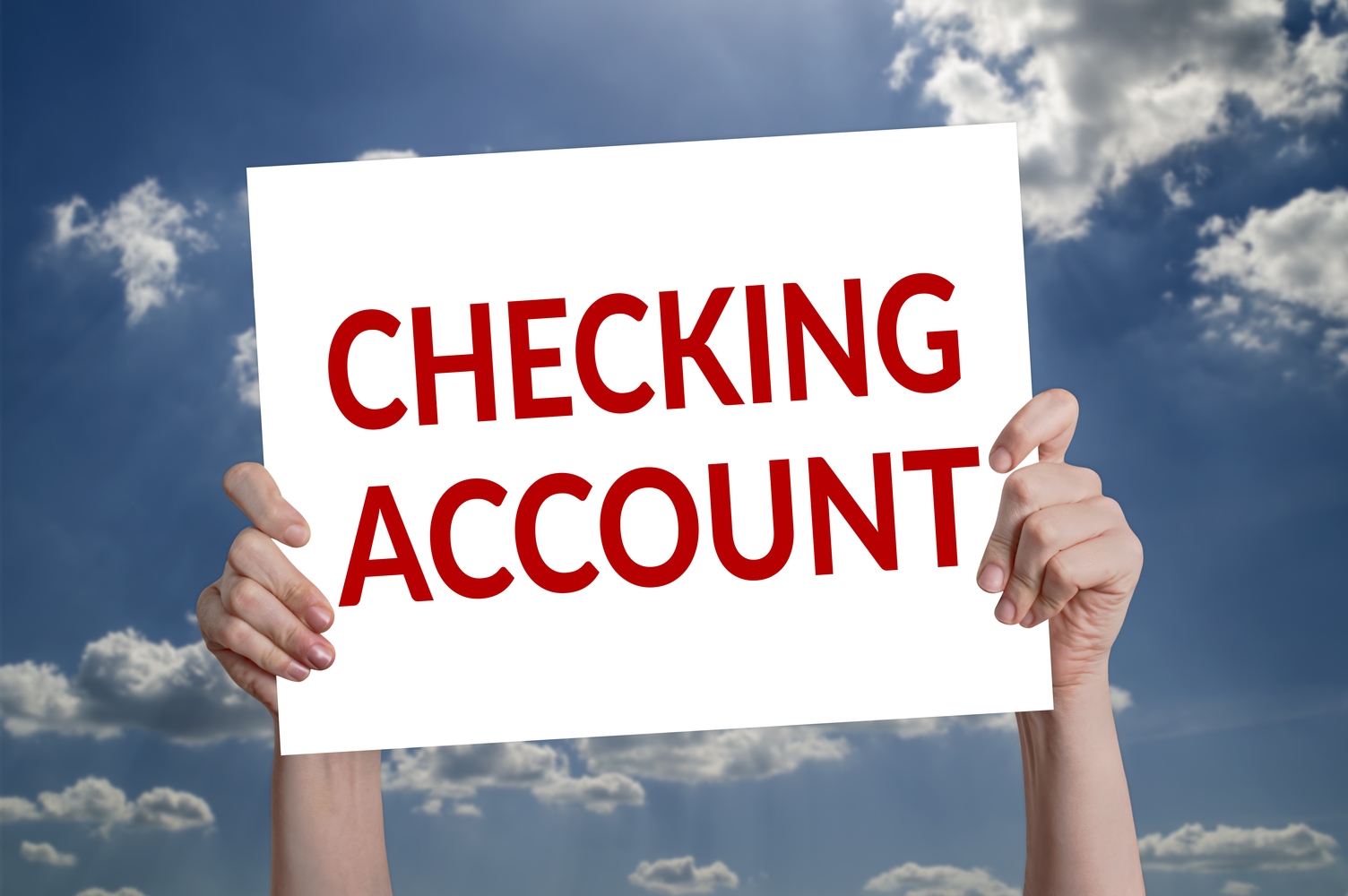Comprehensive Guide to Credit Lines: Types, How They Work, and Expert Tips
This comprehensive guide explains what credit lines are, their types, how they operate, and offers practical tips for effective management. Find out how these flexible financial tools can benefit both individuals and businesses, with insights into secured and unsecured options, and ways to optimize borrowing strategies for better financial health.

Comprehensive Guide to Credit Lines: Types, How They Work, and Expert Tips
In today's financial landscape, individuals and businesses constantly seek flexible and accessible funding options to meet their varied needs. While loans and credit cards are familiar choices, credit lines stand out as a versatile and often underutilized financial tool. Understanding how credit lines function, their types, and effective management strategies can empower borrowers to make informed decisions that align with their financial goals.
What exactly is a credit line?
A credit line, also known as a line of credit, is a revolving borrowing facility provided by banks, credit unions, or financial institutions. It grants borrowers access to a predetermined amount of funds, which can be withdrawn, repaid, and withdrawn again within the set limit. This flexibility makes credit lines ideal for handling unpredictable expenses, managing cash flow, or financing larger projects.
Funds accessed through a credit line can be used for any legitimate purpose. Borrowers are often given the choice to repay these funds immediately or over an extended period, with interest applied only on the amount borrowed rather than the entire credit limit. This structure offers significant benefits, especially for those who need short-term liquidity or are looking to optimize their borrowing costs.
How Do Credit Lines Operate?
Generally speaking, a credit line functions similarly to a flexible loan. When you require funds, you approach your financial institution for either a traditional personal loan or a credit line. Unlike a personal loan that provides a lump sum upfront with fixed repayment terms, a credit line allows you to access funds at will, up to your approved limit. The interest is only charged on the amount you withdraw, not on the total credit line.
Unsecured Credit Lines: Most personal and credit card lines fall in this category. They do not require collateral, but lenders usually impose higher credit score requirements and stricter qualification criteria. Unsecured lines are suitable for individuals with solid credit history and stable income.
Secured Credit Lines: These lines are backed by collateral, such as savings accounts, property, or other assets. Secured credit lines generally come with higher borrowing limits, lower interest rates, and easier approval since the collateral provides security to lenders.
Types of Credit LinesCredit lines come in various forms, catering to different needs:
Personal Line of Credit: This type offers flexible borrowing and repayment options for individuals, suitable for managing emergencies, unexpected expenses, or large purchases. Typically, eligibility requires a good credit score (above 670), stable income, and low debt levels.
Home Equity Line of Credit (HELOC): Tied to your property's equity, a HELOC allows homeowners to borrow against their home's value, often up to 75-80% minus the remaining mortgage balance. It has a draw period (usually about 10 years) during which you can borrow and repay multiple times, making it an efficient way to fund renovations, college tuition, or other major expenses.
Business Line of Credit: Designed specifically for business owners, this type of credit line offers businesses access to capital based on their creditworthiness, revenue, and assets. It supports working capital needs, inventory purchases, or expansion plans and can be secured or unsecured depending on risk assessment.
Securities-Backed Line of Credit (SBLOC): This financial product is collateralized by the borrower's investment securities, such as stocks or bonds. It offers access to 50-95% of their value, providing liquidity without liquidating investments. Funds from SBLOCs cannot typically be used for securities trading but are available for other expenses. Interest is often interest-only until the debt is paid off or if the securities fall below the limit.
Benefits of Using a Credit Line
Using a credit line provides several advantages for both individuals and businesses, including:
Pay only interest on the amount you actually borrow, not your entire credit limit.
Enjoy a flexible borrowing process that allows you to access funds repeatedly over years.
Maintain ongoing access to funds, enabling you to borrow again once you repay the balance.
Tips for Managing Your Credit Line Effectively
To maximize the benefits and minimize costs associated with a credit line, consider these strategies:
Understand all terms, conditions, and limits before opening a credit line account.
Be aware of your maximum withdrawal limit to prevent accidental overspending and penalties.
Avoid borrowing more than necessary to keep interest costs low and debt manageable.
Monitor variable interest rates and fees regularly to stay informed about your costs.
Keep track of your transactions and balances to ensure you stay within your budget and maintain good credit standing.
Prioritize paying off existing balances before opening new lines of credit.
Consult with a financial advisor to develop a tailored plan for managing multiple credit sources and optimizing your credit profile.





